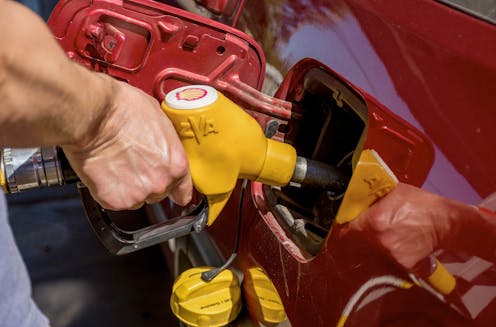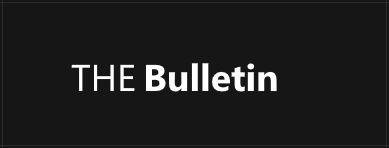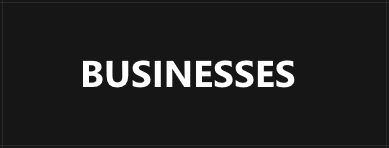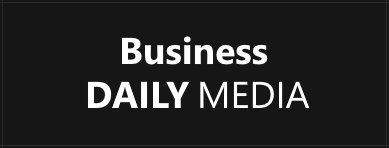We calculated how much Dutton’s excise cut would save you on fuel – and few will save as much as promised
- Written by The Conversation

The opposition has unveiled its response to Labor’s A$17 billion “top-up” tax cuts outlined in Tuesday night’s federal budget: cheaper fuel for Australians.
Opposition Leader Peter Dutton will take to the election a policy to halve the fuel excise for 12 months. It would drop from 50.8 cents a litre to 25.4 cents, costing the government $6 billion.
It is a revival of the six-month reduction by the Morrison government ahead of the 2022 election.
So, how much might people save at the fuel pump? Shadow Treasurer Angus Taylor is touting savings of around $1,500 over 12 months for families who fill up (not just top up) two cars every week.
But few households consume anywhere near this much petrol. Households with electric cars – or no car at all – will get no direct benefit.
Lowering petrol and diesel prices also shows a lack of commitment to climate action. It reduces the incentive for people to switch to electric cars, use public transport or drive less.
Read more: Peter Dutton promises $6 billion 12-month halving of petrol and diesel excise
Not everyone benefits from cheaper fuel
Cutting petrol prices is not a well-targeted way of helping those people doing it tough. On average, high-income households spend more on petrol than low-income households. There’s also significant variation by area.
By updating modelling we did at the time of the Morrison government fuel excise cuts, we find that under Dutton’s proposal, the average inner-city household in Sydney, Melbourne, Brisbane and Adelaide will save around $270 over 12 months. The average outer suburban household in these cities will save $450.
Inner-city dwellers drive less as they have more ability to use public transport, or even walk or ride to work. It is people on the urban fringe, and some inner regional areas, who typically face long commutes.
Across inner regional Australia, areas relatively close to major cities, the average household saves $410. For outer regional, remote and very remote areas, total savings fall in the range between $370 and $410.
Effects on inflation
If the cut to the excise of about 25 cents is fully passed on, the retail petrol price should drop from around $1.80 to $1.55, around 15%. As petrol has a weight of 3.7% in the consumer price index, the direct impact would be to reduce the CPI by around 0.5% when it is introduced and increase it by 0.5% a year later.
There will be some, likely much smaller, indirect effects. Retailers may pass on some of the reduced cost of having goods delivered to them. Tradies may pass on some of their reduced cost of driving. As a very visible price, there may be some impact on inflationary expectations.
On the other hand, the increased purchasing power – and therefore spending – by some households may push up other prices.
As the impact is temporary, and will not be reflected in the trimmed mean measure of underlying inflation, it is unlikely to have much effect on interest rate decisions by the Reserve Bank.
What will be the effect on the federal budget?
Dutton claims his policy will cost the budget around $6 billion.
But this assumes the cut remains temporary. It is unlikely that households will feel cost-of-living pressures have gone away by mid-2026. A Dutton government would be under pressure to extend the cut in the May 2026 budget to avoid petrol prices going back up.
History shows governments find it hard to reverse cuts once implemented. In 2001, for example, the Howard government was panicked by poor opinion polls into suspending indexation of the petrol excise when prices reached $1 a litre.
Indexation was not restored for 14 years, at an estimated cost of more than $40 billion in forgone tax revenue.
What are the political impacts?
With this policy, it would appear Dutton is giving up on trying to regain the former Liberal seats lost to the Teals. Voters in these inner city seats drive less than the average and are more concerned about climate change.
He seems instead to be concentrating his campaign on outer suburban seats and what were termed in the Abbott era “Tony’s tradies”.
So, is it a good idea?
In 2022, the Economic Society of Australia asked 46 leading economists whether they thought cutting the fuel excise would be good economic policy. Not a single one thought it was a good idea. It’s unlikely that sentiment has changed.














